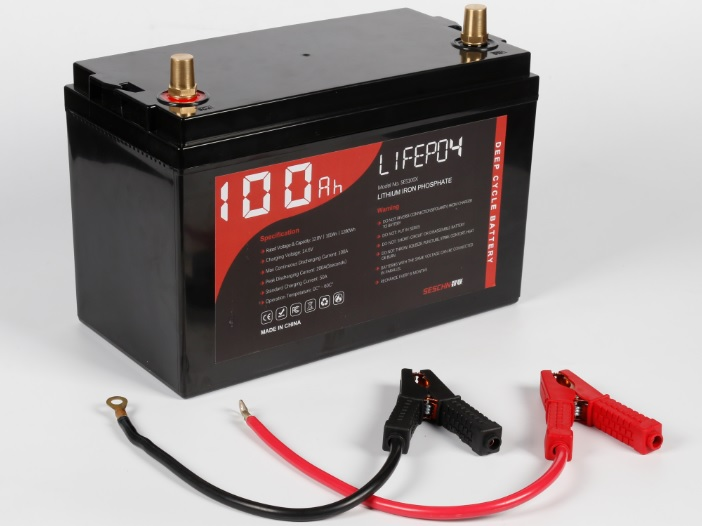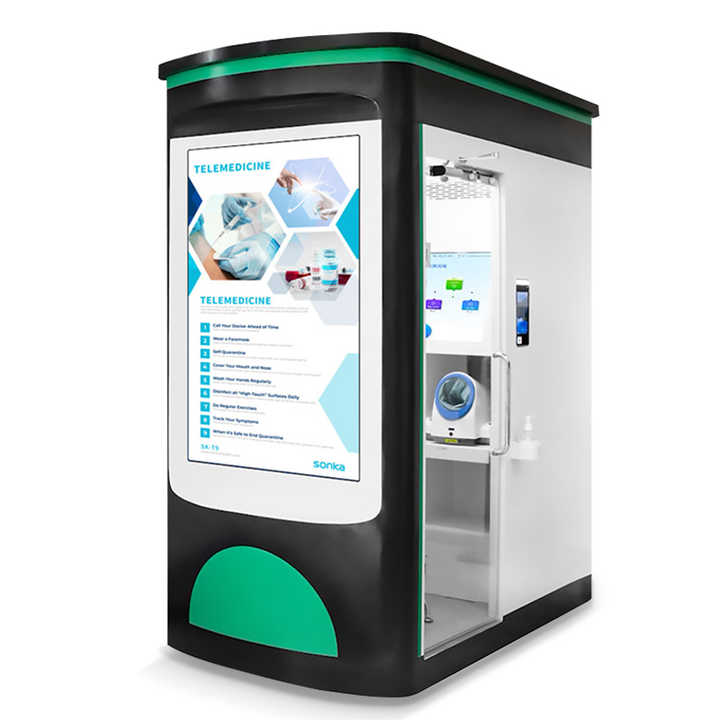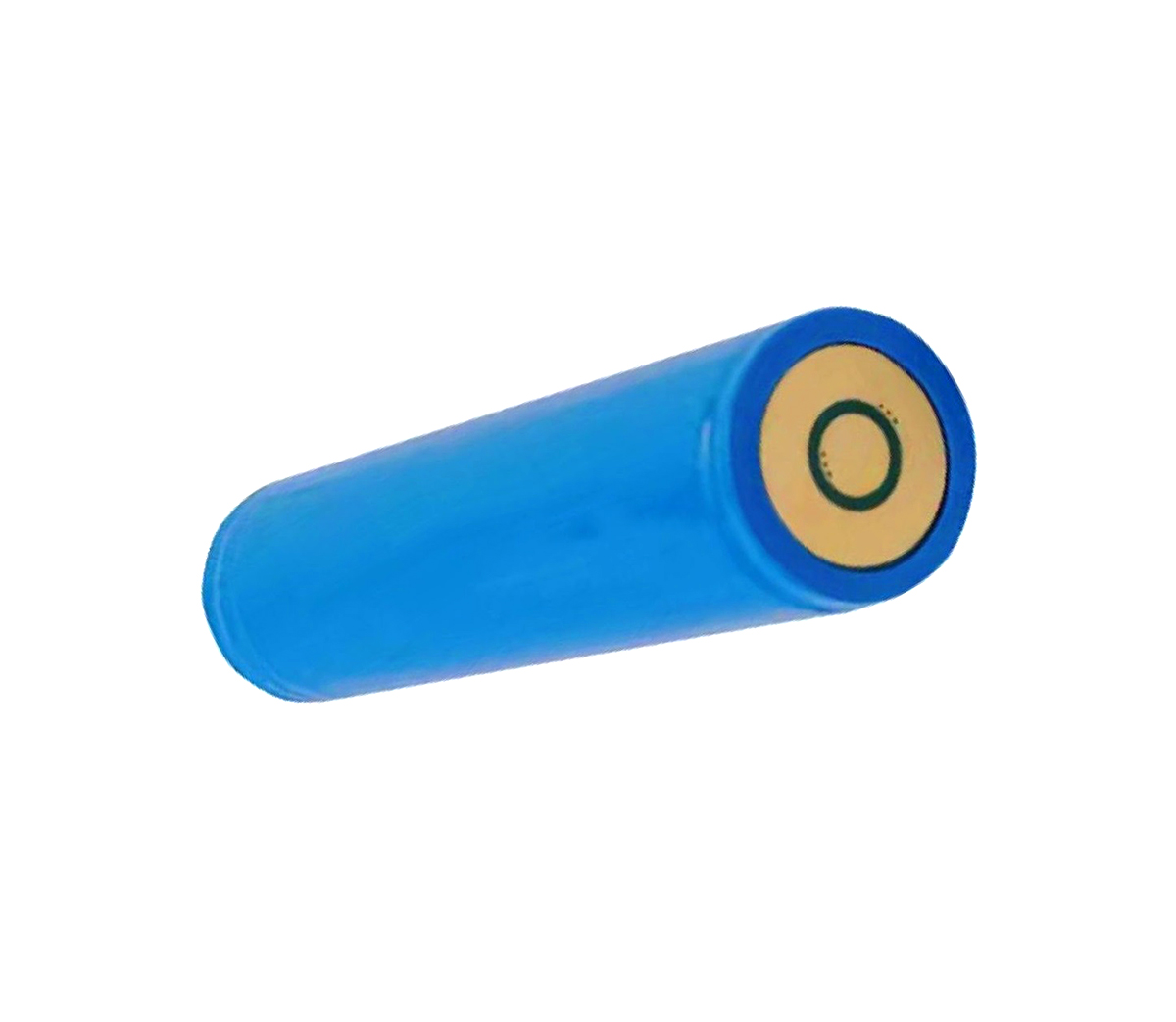Research shows that as the deployment of battery energy storage systems
grows, their uses are also expanding accordingly
According to a survey conducted by the U.S. Energy Information
Administration (EIA), as more and more battery energy storage systems are added
to the grids of various states in the United States, their application scenarios
and uses have changed. Utility-scale battery energy storage systems obtain
energy from the grid during a specific period and release it to the grid when
needed. This capability creates more opportunities for power dispatch
optimization strategies based on the power system or economic conditions.

Frequency response is still the most common use of battery energy storage
systems, but as more and more battery energy storage systems are connected to
the grid, applications such as response backup, arbitrage, and load tracking
have become more and more common.
The 2020 report on power generation facilities released by the U.S. Energy
Information Administration (EIA) collects data on these energy storage
applications from battery energy storage developers. On average, there are 2.2
use cases for battery energy storage systems deployed by energy storage
developers.
The most common use case for battery energy storage systems is frequency
response. Frequency response is a service that keeps the grid frequency at 60 Hz
as much as possible. Deviations below 60 Hz will cause protective tripping of
the generator, which will result in a decrease in the stability of the power
system. The battery energy storage system is particularly suitable for frequency
adjustment, because its power output is very fast, and the battery energy
storage system can quickly absorb surges. By the end of 2020, there will be a
total of 885MW of battery energy storage systems in the United States
(accounting for 59% of the total installed capacity of utility-scale battery
energy storage systems) for frequency response.
Response backup is an auxiliary service that can quickly respond to power
system power interruptions, such as sudden power interruptions or rapid changes
in demand. In areas where the proportion of power generation from energy sources
such as wind and solar energy is relatively high, the amount of power generated
will fluctuate with changes in wind speed or cloud cover, and resources that can
respond quickly are often required. By the end of 2020, the battery energy
storage system with an installed capacity of 583MW (accounting for 39% of the
total installed capacity) will be used for response backup.
Arbitrage is a strategy that buys electricity during low-price periods and
sells electricity during high-price periods. Battery energy storage systems
support this strategy by charging when electricity prices are low and
discharging when electricity prices are high. From 2019 to 2020, the battery
energy storage system used in this use case in the United States increased by
390 MW, which is the fastest growing among various use cases. By the end of
2020, there are 586 MW battery energy storage systems (37% of total installed
capacity) in the United States for arbitrage.
Load tracking is an operating strategy in which a generator changes its
output to match changes in power demand or load. The battery energy storage
system is used for load tracking, because its power output can be digitally
controlled, so it can respond to load changes faster and more accurately. U.S.
Energy Information Administration (EIA) survey data shows that in 2020, there
will be nearly 400MW battery energy storage systems for load tracking.

Lithium-ion battery (LIB) has become the main energy storage solution in
modern social life. Among them, lithium iron phosphate battery is a perfect
replacement for lead-acid batteries, and it is the first choice for
grid-connected peak shaving, off-grid energy storage, photovoltaic energy
storage, UPS, data center and other industries.
Solar power generation system with lithium battery energy storage system is
a very promising clean energy.




































